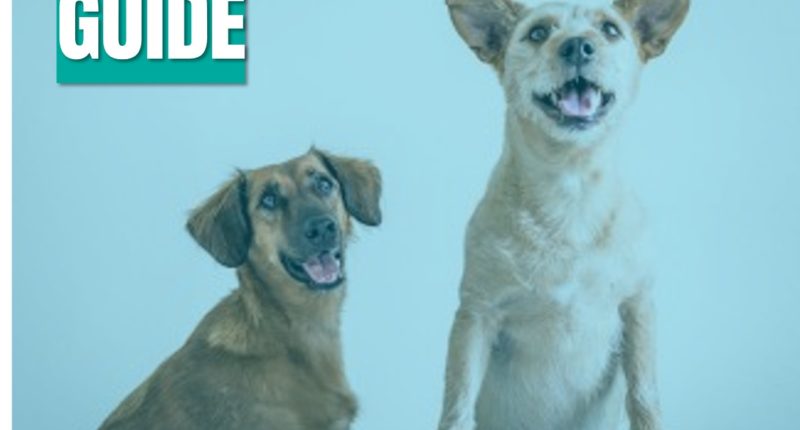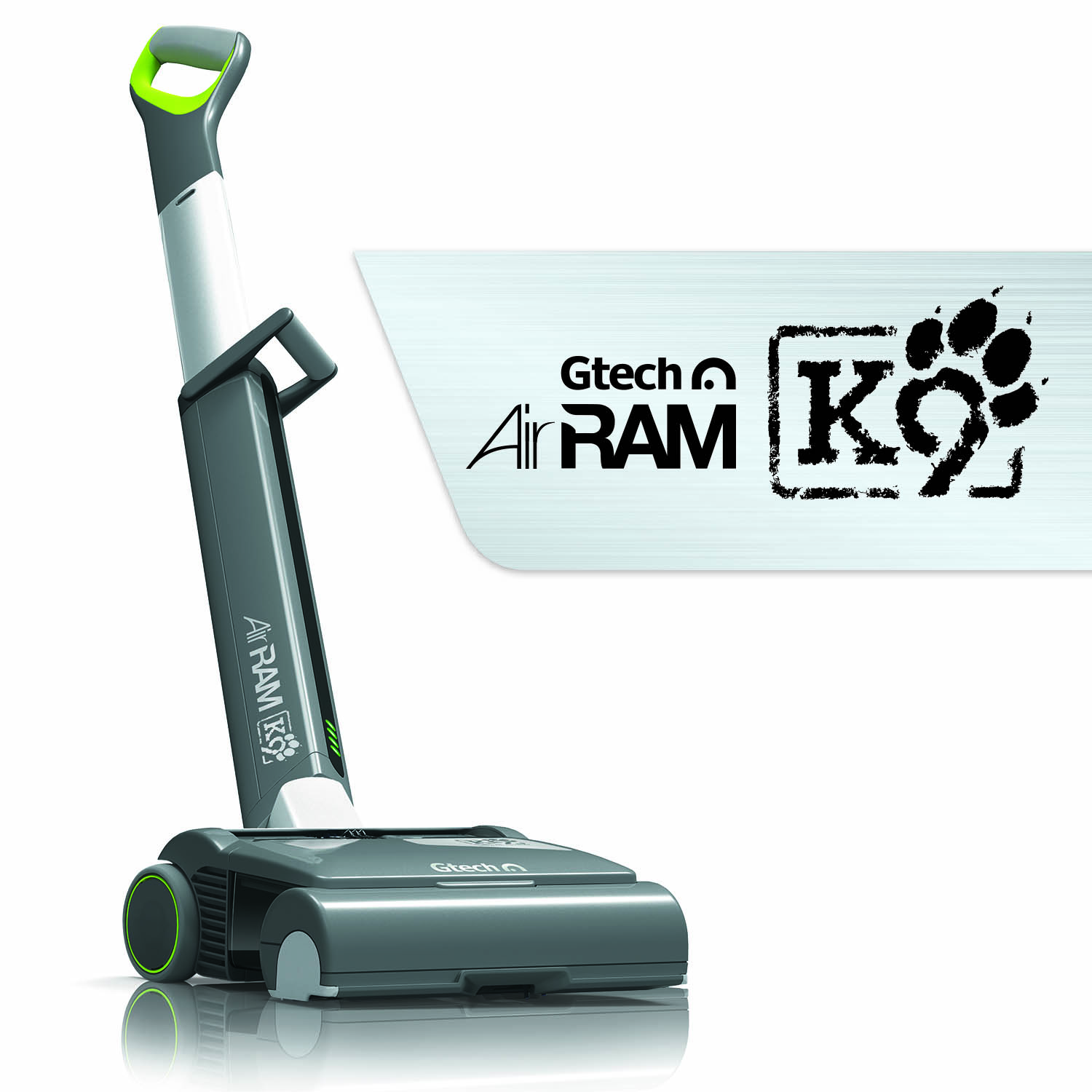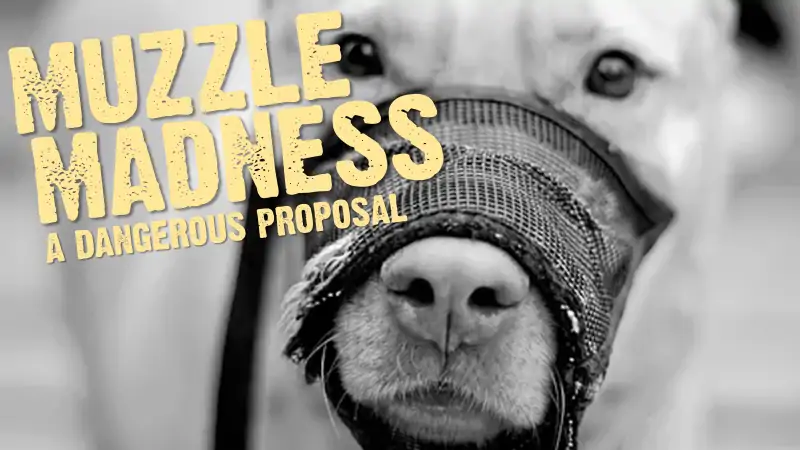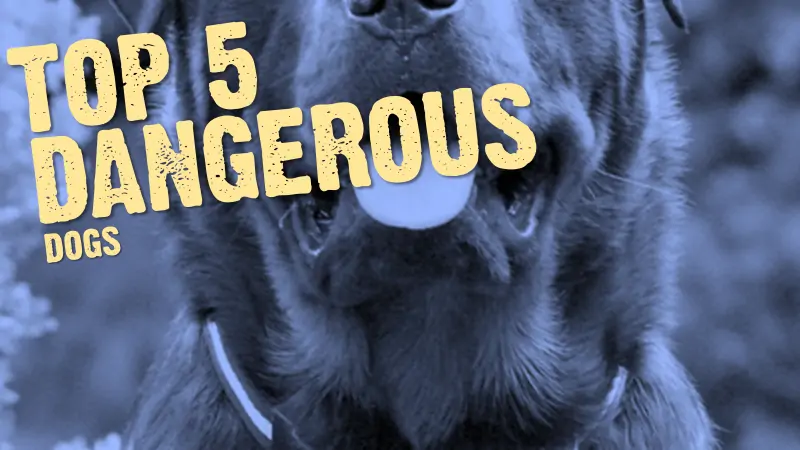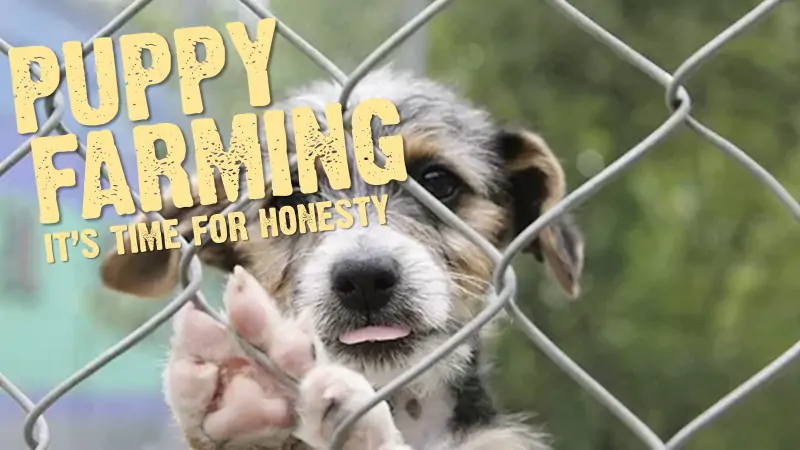Pet Owners Can Avoid Halloween Hazards
It’s no secret Halloween’s popularity is growing and is second only to Christmas in the United States for holiday decoration sales. While the appeal to children is obvious, adults have now pushed Halloween to the status of America’s wildest party time.

Family pets are often included in the festive mood or they are ignored, both of which can lead to veterinary medical problems. Estimates from 2006 showed 3.5 million Americans bought some type of Halloween product for their pets according to the American Pet Product Manufacturers Association.
A recent American Kennel Club survey showed only one in 10 dog owners can’t imagine not dressing up their pup. It also showed women like to dress pets up more than men do. At the same time, 78 percent of men felt that dressing up a pet is interesting if not downright cool.
The Washington State Veterinary Medical Association offers these tips for companion animal owners to ensure a safer All Hallows Eve.
— If Halloween demands you spend a lot more time with children, don’t be surprised if your pets get a little more demanding, too. Dogs are especially gregarious pack animals and by nature enjoy their role in the family. They tend to become more confused when they are left out of the group. A few seconds to acknowledge the pet with a pat on the head or some play when arriving home or leaving is sometimes all it takes to keep the “pack” stable and less demanding.
— Some shelters temporarily stop placement services at the end of October to prevent people from saying they will take placement of an animal only to become bored with that black cat after the party is over.
— There are a few scattered reports each year of animals being abused during Halloween. If your pets are all black, all white, or mixed black and white dogs and cats, realize theft or abuse of such pets can occur during the Halloween season. While the incidence of pet theft overall remains low, the likelihood of these uniquely colored critters being taken does tend to rise some.
— Fright Night is how many of us think of Halloween. To pets, it’s a night of confusion and turmoil. The house is frightening both visually and audibly. Strangers come to the door dressed in strange outfits. When children squeal, there is a tendency among dogs to protect or flee. Dog bites to Halloween visitors or unrecognizable family are not uncommon. All pets should be on leashes or contained to prevent running away or fearful biting.
— Candy is everywhere. Resisting the temptation to hand a piece to your pets is difficult. The animals don’t need the sugar load and other ingredients, so if you are a soft touch, consider keeping appropriate pet food treats in your pocket to pass off to the pooch. In addition, most importantly, keep the access to the candy bowl and trick-or-treat bags away from the animals.
— It is never appropriate or healthy to give alcoholic drinks to pets. It’s not funny either.
— Pet costumes can be hilarious if the pet isn’t submissive and fearful by all the fuss. Don’t force things on your pet just for your entertainment. If they don’t mind a costume though, make sure they are as safe from hazards like choking and fire as with a costume you’d put on a 2-year-old child.
— Remember how overheated you got cruising the neighborhood as a child trick-or-treater in costume? Pets can get overheated in costumes, too. Be sure your pet can walk, see, pant, and answer nature’s call in their costume.
— Don’t forget reflective tape on your pet’s collar or costume if you take them out. Make them visible to drivers and running children.
— If the pet costume uses elastic bands or straps to stay in place, they may cut the skin, decrease circulation or cause a strangulation hazard at the neck. Combine creativity with common sense when considering dressing a pet.
— As at any other time of the year, if your pet shows signs of illness or distress, take them to your family veterinarian. If you know Halloween is difficult for your pet and they are frightened, visit or call your veterinarian for advice and a possible prescription that may make this boisterous holiday more humane to your pets.
The WSVMA is a statewide, not-for-profit, professional organization for the benefit of veterinary medicine. The WSVMA has over 1,600 members, representing veterinarians, veterinary students and a broad spectrum of veterinary practice. The Association creates a strong practice community that provides education, representation and the sharing of ideas dedicated to advancing the science and art of veterinary medicine and its relationship to public health and agriculture. Visit the WSVMA Web site, www.wsvma.org, to learn more about the association and veterinary medicine and animal care.
Enter your email and never miss out on receiving our best articles:
